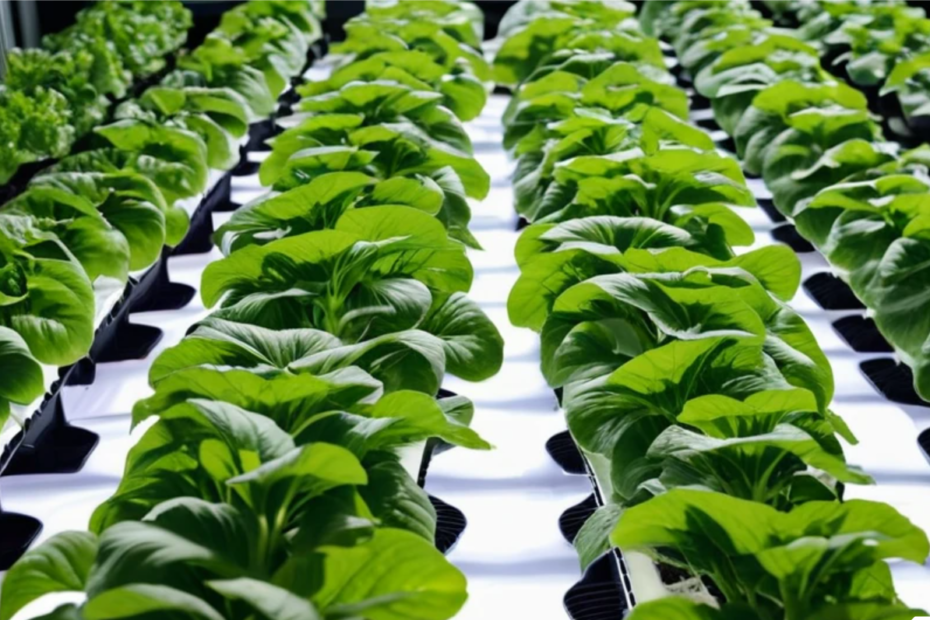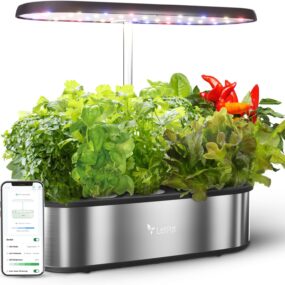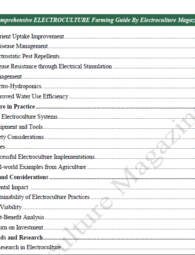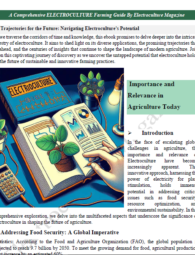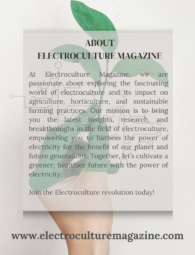Welcome to the world of electroculture magazine, where cutting-edge technology meets sustainable farming practices. In this article, we will explore how electroculture hydroponics is revolutionizing the future of agriculture, offering numerous benefits for both farmers and the environment.
Electroculture hydroponics merges the principles of electroculture, which utilizes electrical currents to stimulate plant growth, with the efficiency of hydroponics, a soil-less cultivation method. This innovative technique allows farmers to grow healthier plants at a faster rate, making it an attractive option for those seeking sustainable farming solutions in a world with limited resources.
By adopting this technology, farmers can maximize plant growth while minimizing water usage and fertilizer dependency. This method offers higher crop yields, reducing the need for extensive land use. Additionally, the controlled environment of hydroponics minimizes the risk of pests and diseases, reducing the need for chemical pesticides.
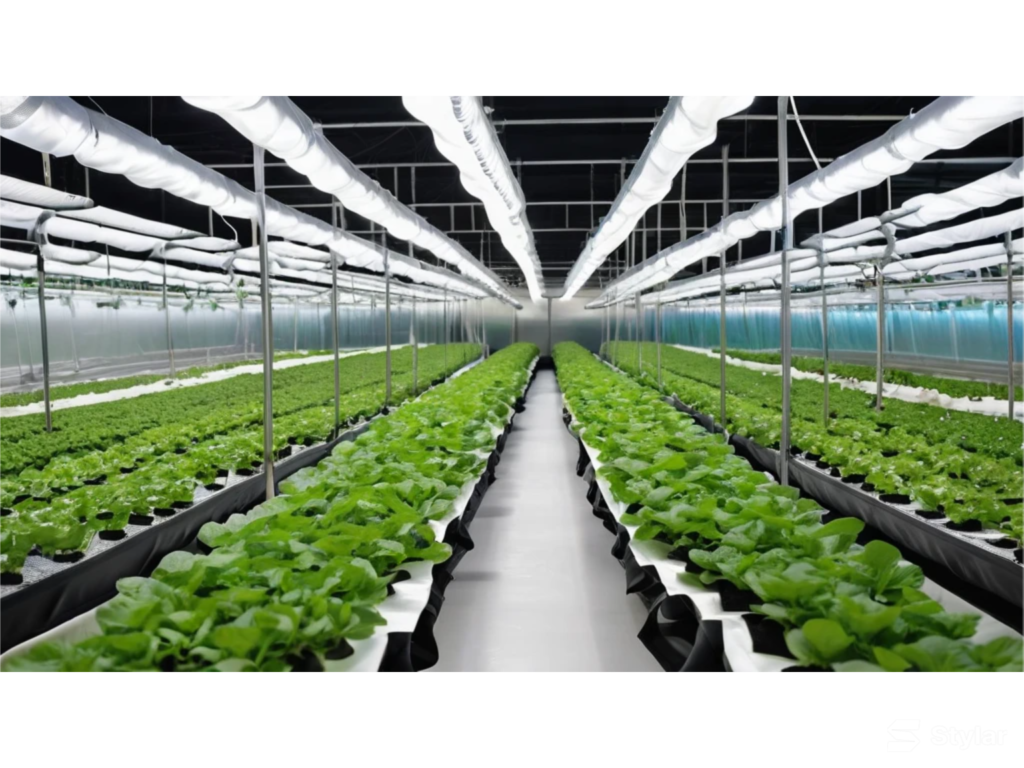
Implementing electroculture hydroponics requires specific equipment, nutrient solutions, and appropriate lighting to provide optimal conditions for plant growth. However, the long-term benefits outweigh the initial setup costs, making it a wise investment for farmers looking to improve their efficiency and productivity.
In this article, we will explore real-life case studies of farmers and organizations successfully implementing electroculture hydroponics. These examples will showcase the undeniable potential of this method to transform traditional farming practices and pave the way for a more sustainable future.
In conclusion, this technology offers a sustainable and efficient farming method that can revolutionize the way we grow our food. By maximizing plant growth, reducing resource usage, and embracing innovative technology, we can create a more resilient and environmentally friendly agricultural system.
Key Takeaways:
- Electroculture hydroponics merges electroculture and hydroponics for sustainable agriculture.
- This method promotes plant growth, reduces water usage, and minimizes fertilizer dependency.
- Implementing electroculture hydroponics requires specific equipment and lighting for optimal results.
- Real-life case studies showcase the positive impact of electroculture hydroponics on crop yield and quality.
- Embracing this method can lead to a more sustainable and efficient farming future.
What is Electroculture Hydroponics?
In the world of modern agriculture, electro hydroponics is emerging as a groundbreaking technique that combines the principles of electroculture and hydroponics. This innovative approach to farming harnesses the power of electricity and hydroponic systems to cultivate plants in a more efficient and sustainable manner.
Unlike traditional farming methods, this technology eliminates the need for soil, allowing plants to be grown directly in water-based nutrient solutions. By providing plants with the precise amount of nutrients and moisture they need, growers can optimize growth and maximize yield.
Electro hydroponics works by utilizing low-voltage electrical currents to stimulate the root systems of plants. These currents promote nutrient absorption, root development, and overall plant health. By integrating electricity into hydroponic systems, farmers can accelerate growth, improve crop quality, and reduce the reliance on conventional farming practices.
“Electroculture hydroponics represents a significant advancement in agricultural technology. By combining electricity and hydroponics, growers can create an optimal environment for plant growth while minimizing the use of natural resources.”– Dr. Rebecca Johnson, Agricultural Scientist
One of the key advantages of electroculture hydroponics is its ability to conserve water. Compared to traditional farming methods, this technique uses up to 90% less water, making it a more sustainable and eco-friendly option. Additionally, electroculture hydroponics eliminates the need for harmful pesticides and herbicides, resulting in cleaner and healthier produce.
Furthermore, electro hydroponics can be implemented in various settings, including urban areas and regions with limited arable land. Its versatility makes it a viable solution for increasing food production and ensuring food security in a rapidly growing world population.
Get Your Hydroponics Plant System From Amazon….
Electroculture Hydroponics: Potential and Considerations
| Aspect | Potential Benefits | Considerations |
|---|---|---|
| Plant Growth | – Increased yields | – Lack of definitive and consistent scientific evidence |
| – Improved nutrient uptake | – Potential for negative effects at high voltages or incorrect implementation |
In the next sections, we will explore the benefits of electroculture hydroponics in greater detail, and showcase real-life case studies of successful implementation. By understanding the potential of this innovative farming technique, we can pave the way for a more sustainable and efficient future in agriculture.
Benefits of Electroculture Hydroponics
Adopting this technology for agriculture offers a wide range of benefits that can revolutionize the way we grow plants. This innovative farming technique combines the principles of electroculture and hydroponics to promote sustainable practices and enhance plant growth.
Promotes Sustainable Farming Practices
One of the key advantages of this technology is its eco-friendly nature. By eliminating the need for soil, this method reduces the dependence on arable land, making it possible to cultivate plants in urban areas or regions with limited space. Additionally, electroculture hydroponics minimizes water usage, as it recirculates the nutrient-rich solution within the system, resulting in significant water savings compared to conventional farming methods. This not only conserves water resources but also helps prevent soil erosion and contamination.
Maximizes Plant Growth
Electroculture hydroponics creates an optimal environment for plant growth, thereby maximizing yields and improving crop quality. This technique allows for precise control over environmental factors such as light, temperature, and nutrient composition, enabling plants to thrive in ideal conditions. With the ability to customize these parameters, farmers can tailor the growth process to suit the specific requirements of different plant species, resulting in stronger and healthier plants.
Reduces Water Usage and Fertilizer Dependency
In traditional farming, a significant amount of water and fertilizer are lost due to leaching, runoff, and evaporation. However, this technology eliminates these inefficiencies by providing plants with a precisely measured amount of water and nutrients directly to their roots. As a result, this method reduces water usage by up to 90% and decreases fertilizer dependency by up to 50%, making it a sustainable and cost-effective option for growers.
“Electroculture hydroponics provides a sustainable solution to grow plants in urban areas, maximizing plant growth while minimizing water usage and fertilizer dependency.”
Implementing Electroculture Hydroponics
Implementing this technologyinvolves a careful approach to ensure successful cultivation. Various factors such as equipment, nutrient solutions, and lighting requirements play crucial roles in creating an optimal environment for plant growth.
1. Equipment
The choice of equipment is essential for implementing electroculture hydroponics. Some commonly used equipment includes:
- Growing trays or containers: These provide a stable base for the plants and hold the growing medium.
- Pumps and irrigation systems: These ensure a continuous supply of water and nutrients to the plants.
- Temperature and humidity controllers: These help maintain the ideal growing conditions in the hydroponic system.
- Lighting systems: LED grow lights are often used to provide the necessary light spectrum for plant growth.
2. Nutrient Solutions
Proper nutrient solutions are crucial for the success of electroculture hydroponics. These solutions provide essential elements required for plant growth. It is important to maintain the correct nutrient balance to promote healthy plant development. Monitoring and adjusting the nutrient solution regularly is beneficial for optimizing plant growth.
3. Lighting Requirements
Light is a critical factor in electroculture hydroponics. LED grow lights are commonly used due to their energy efficiency and ability to emit specific light spectrums required for plant growth. It is important to consider factors such as light intensity, duration, and spectrum to provide the optimal lighting conditions for plants.
Implementing electro hydroponics requires attention to detail and a commitment to providing the best conditions for plant growth. By carefully selecting equipment, maintaining nutrient solutions, and optimizing lighting, farmers can harness the full potential of this innovative farming technique.
Buy Our Handcrafted Electroculture eBook Now…
Case Studies in Electroculture Hydroponics
In this section, we’ll explore real-life examples of farmers and organizations who have successfully implemented electroculture hydroponics. These case studies provide valuable insights into the practical application and benefits of this innovative farming technique.
Case Study 1: Sustainable Farming Co.
Sustainable Farming Co., located in California, has adopted electroculture hydroponics to cultivate organic vegetables. By integrating the principles of electroculture and hydroponics, they have achieved remarkable results. Their crops exhibit faster growth, enhanced nutritional content, and increased resistance to pests and diseases. This has led to higher crop yield and improved profitability. Moreover, by using water and nutrients more efficiently, Sustainable Farming Co. has significantly reduced their environmental impact.
“Electroculture hydroponics has completely transformed the way we farm,” says John Thompson, founder of Sustainable Farming Co. “Not only are we able to grow healthier crops, but we are also conserving resources and reducing our reliance on traditional farming methods.”
Case Study 2: Urban Greens
Urban Greens, a vertical farm based in New York City, has successfully implemented electroculture hydroponics to maximize limited space while maintaining high crop production. Through the precise control of electrical currents and nutrient solutions, they have created an ideal growing environment for a variety of leafy greens. The results have been astounding, with Urban Greens producing fresh, pesticide-free greens year-round for local markets. Additionally, their energy-efficient system reduces electricity consumption, making their operations even more sustainable.
Case Study 3: Green Thumb Community Garden
Green Thumb Community Garden in Portland, Oregon, has embraced electroculture hydroponics to empower local residents to grow their own food sustainably. By utilizing this innovative technique, the garden has increased crop yields while minimizing water usage and eliminating the need for harmful pesticides and herbicides. The community now has a constant supply of fresh, healthy produce, fostering a stronger sense of self-sufficiency and food security.
These case studies highlight the significant advantages of electroculture hydroponics in enhancing crop yield, quality, and sustainability. By adapting this farming method, individuals, communities, and organizations can contribute to a greener future, reducing the environmental footprint of agriculture and ensuring a more resilient food system.
Conclusion
In conclusion, electro hydroponics presents a promising solution for the future of sustainable and efficient farming. Throughout this article, we have explored how this innovative technique combines the principles of electroculture and hydroponics to create a revolutionary way of growing healthier plants at a faster rate.
The benefits of adopting electroculture hydroponics are numerous. By promoting sustainable farming practices, this method allows for the maximization of plant growth while minimizing water usage and dependence on fertilizers. This not only contributes to the preservation of our natural resources but also increases crop yield and quality.
Implementing electroculture hydroponics may seem daunting at first, but with the right knowledge and equipment, it can be successfully integrated into modern farming practices. By providing the necessary insights into equipment, nutrient solutions, and lighting requirements, farmers can embark on this journey towards a more sustainable and efficient agricultural system.
Real-life case studies have showcased the positive impact of electroculture hydroponics on crop yield and quality. From small-scale farmers to large organizations, the results speak for themselves. The potential of electroculture hydroponics to revolutionize the way we farm is undeniable.
It is clear that electroculture hydroponics is not just a passing trend, but a practical and effective approach to farming. By embracing this technique, we can work towards a future where agriculture is sustainable, efficient, and able to meet the growing demand for food worldwide.
FAQ
What is electroculture hydroponics?
Electroculture hydroponics is a farming technique that combines the principles of electroculture and hydroponics. It is an innovative and sustainable method of growing plants using nutrient-rich water solutions and controlled electrical stimulation.
What are the benefits of electroculture hydroponics?
Adopting electroculture hydroponics offers several benefits. It promotes sustainable farming practices, maximizes plant growth, reduces water usage, and decreases dependency on traditional fertilizers.
How can electroculture hydroponics be implemented?
To implement electroculture hydroponics, you need the necessary equipment such as hydroponic systems and lighting fixtures. You also need to prepare nutrient solutions and ensure adequate electrical stimulation for optimal plant growth.
Can you provide examples of case studies in electroculture hydroponics?
Certainly! We have numerous examples of farmers and organizations successfully using electroculture hydroponics. By utilizing this technique, they have achieved higher crop yields and enhanced crop quality.
What is the potential of electroculture hydroponics?
Electroculture hydroponics has the potential to revolutionize farming by offering a sustainable and efficient method of crop cultivation. It can contribute to healthier and faster-growing plants, ultimately leading to increased food production and a more sustainable future.
